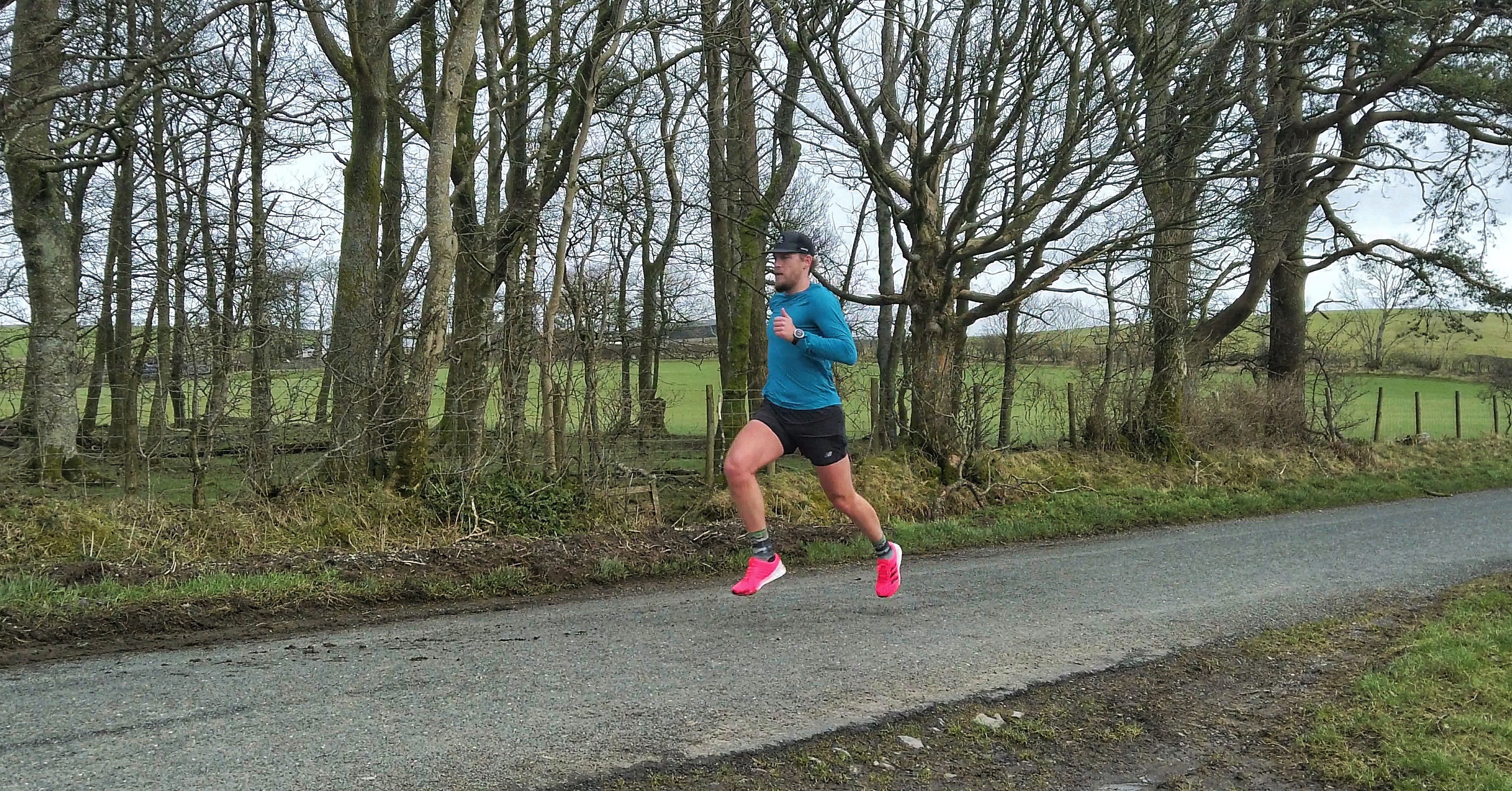Mastering Tempo and Weight Selection: The Key to Smarter, Stronger Training
- Darren Haworth

- Oct 5
- 3 min read
When it comes to strength training — especially for runners or anyone balancing performance and injury prevention — two factors often go overlooked: tempo and weight selection.
You might know what exercises to do, but how you lift and how much you lift can make all the difference between meaningful progress and wasted effort.

The Power of Tempo: Why Speed Matters
Tempo refers to the pace at which you move through each phase of a lift — how long you take to lower the weight, pause, and lift it back up.It’s usually written as a three- or four-digit code (for example, 2–1–1), representing seconds spent in each part of the movement:
First number: The eccentric phase — lowering the weight (e.g., descending into a squat).
Second number: The pause — often at the bottom of the movement.
Third number: The concentric phase — lifting or pushing the weight back up.
So, a 2–1–1 tempo means:
👉 Lower for 2 seconds, hold for 1 second, lift for 1 second.
Why Tempo Control Builds Better Strength
1. Improves Muscle Control and Form
Slow, deliberate movement gives your muscles time to engage properly and helps you maintain correct posture and alignment. This is especially important for runners, who need stability through hips, knees, and ankles to prevent overuse injuries.
2. Increases Time Under Tension (TUT)
The longer your muscles are working, the more stimulus they receive to grow stronger. A controlled tempo extends this “time under tension,” leading to better strength and endurance gains even with lighter weights.
3. Reduces Injury Risk
Fast, jerky lifts often rely on momentum instead of muscle engagement. Slowing down improves awareness and reduces stress on joints and connective tissues.
4. Enhances Running Efficiency
By improving neuromuscular control — your body’s ability to coordinate movement — you transfer strength more effectively into your running stride, making each step smoother and more efficient.
Choosing the Correct Weight: Finding Your “Just Right” Load
Even the perfect tempo won’t matter if your weight selection is off. Choosing the right load is all about balance — heavy enough to challenge your muscles, light enough to maintain form and control.
Here’s how to find your “sweet spot.”
1. Use the “Last 2 Reps” Rule
For most strength work, you should finish each set feeling like you could do one or two more reps, but no more.If you breeze through 12 reps without breaking form or sweat, go heavier.If you’re straining by rep 5 when aiming for 10, lighten the load.
This approach helps you stay in the ideal intensity range for strength gains without sacrificing technique.
2. Prioritise Technique Over Ego
Good form beats heavy lifting every time.For runners especially, the goal is not to max out — it’s to build functional strength that supports efficient movement and prevents breakdown.If your form falters (knees collapsing, back arching, shoulders rising), that’s your signal to drop the weight slightly and rebuild from there.
3. Progress Gradually
Increase your weights only when you can complete all reps at your target tempo with perfect form.A good progression rule is: Add 2.5–5% more weight once your last few reps feel smooth and controlled.
This steady approach develops real strength without the burnout or injury that comes from rushing increases.
Putting It All Together
To make the most of your strength sessions:
Pick a weight that challenges you within your rep range (last 2 reps tough but clean).
Control your tempo — think 2 seconds down, 1-second pause, 1–2 seconds up.
Focus on form and full range of motion over chasing heavier loads.
Track your progress weekly — even small increases matter.
When you lift with control and purpose, you don’t just get stronger — you move better. And for runners, that translates to more efficient strides, fewer injuries, and a faster, smoother run.







Comments